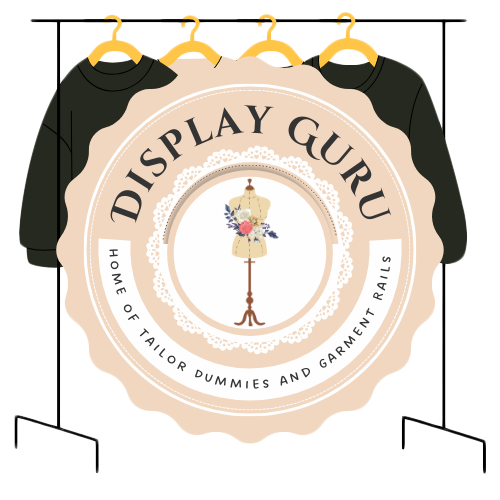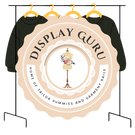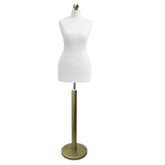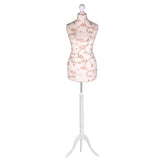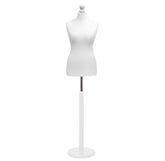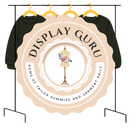Your Guide to a Display Cabinet for Shop Success
That display cabinet tucked away in the corner? It’s doing more than just holding your stock—it's one of your most effective salespeople. A thoughtfully chosen display cabinet for shop settings doesn't just sit there; it tells a story, protects your most valuable pieces, and guides a customer’s eye exactly where you want it to go.
Why Your Display Cabinet Is a Silent Salesperson
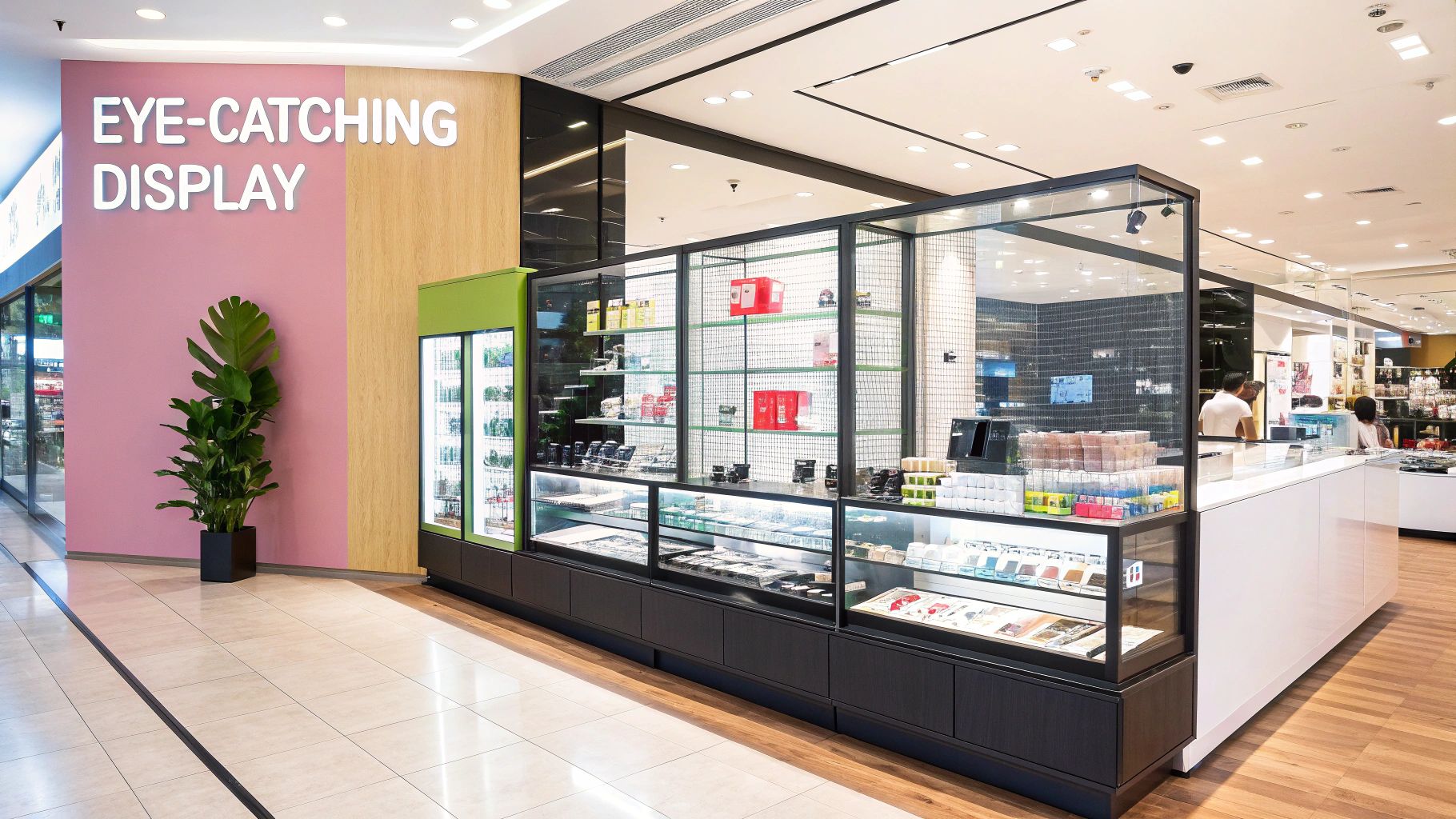
It's time to stop thinking of your display cabinet as a simple storage unit. See it for what it truly is: a strategic tool for driving sales. Its real job is to transform your merchandise from mere items on a shelf into something genuinely desirable. By creating a powerful focal point, it silently communicates value, quality, and your brand's personality without you having to say a thing.
This guide is here to walk you through the entire process, from figuring out your shop's specific needs to mastering the art of visual merchandising. We’ll get into how matching your cabinet's design to your brand and products can directly shape how customers see you and, in the end, improve your bottom line.
Setting the Stage for Sales
The right cabinet doesn't just hold your products; it frames them, giving them context. A sleek, minimalist glass tower in a modern jewellery boutique whispers of luxury and sophistication. On the other hand, a rustic, reclaimed wood cabinet in an artisan bakery creates a feeling of warmth and tradition. That first impression can make all the difference.
Key Takeaway: Your display cabinet is a direct extension of your brand. It must visually echo your shop's aesthetic and the story behind your products, turning a piece of furniture into a powerful driver for growth.
Beyond that, a beautifully organised display makes it easier for customers to browse. Rather than feeling overwhelmed by too many options, a curated cabinet guides their attention. This makes the whole shopping experience more enjoyable and focused—a core idea behind all effective retail display stands, which are all about streamlining the customer’s journey.
More Than Just Good Looks
Looks are important, but a good display cabinet for shop owners offers so much more. It has several practical jobs that are essential for the smooth running of your business, working behind the scenes to protect your investment and make your life easier.
- Security: This is non-negotiable for high-value goods like electronics, fine jewellery, or rare collectibles. A lockable cabinet is your first line of defence and a strong deterrent against theft.
- Protection: It keeps your delicate items safe from dust, accidental damage, and the wear and tear of being handled too often. Everything stays in perfect condition for the person who buys it.
- Organisation: A cabinet allows you to group and arrange your stock in a way that makes sense. This not only simplifies your own inventory management but also creates a much clearer and more intuitive experience for your customers.
Sizing Up Your Space and Defining Your Needs
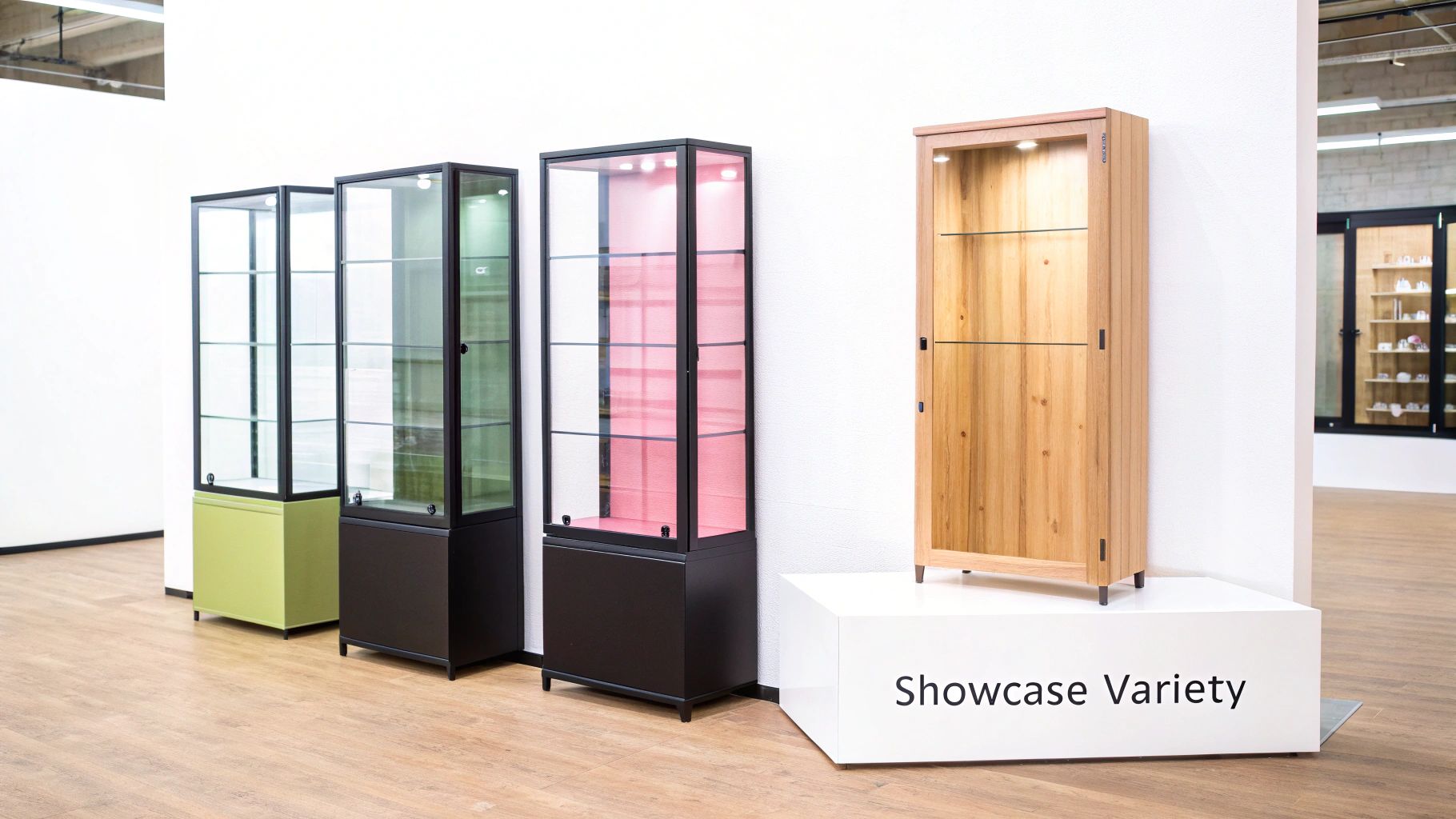
Before you even start browsing for a display cabinet for shop use, the very first thing you need to do is get a handle on what you're working with. It's a classic case of measure twice, buy once. This isn't just about the cabinet; it's about how it will function within your shop's unique ecosystem.
So, grab your tape measure. Get the exact height, width, and depth of the spot you have in mind, but don’t put the tape away just yet. Think about how people move through your store. Will this new cabinet create a logjam near the entrance or till? You have to leave enough room for customers to wander, browse, and engage with your products comfortably, even during your busiest Saturday afternoon.
A beautiful display is useless if it causes a traffic jam.
Matching the Cabinet to Your Merchandise
Once you know your spatial limits, it’s time to think about what you’re actually putting inside the cabinet. The products you sell have their own specific needs, and the right cabinet will both protect them and make them look irresistible.
A high-street boutique, for example, might use a glass case to show off premium accessories, but its main apparel lines will need different solutions. In that case, complementing your cabinet with specialised fixtures is the way to go, and you can get some great ideas for clothing display racks to round out your shop's layout.
Let’s look at a few common scenarios I’ve seen time and again:
- For Jewellery or Watches: Your top priority is security. You’ll want units built with tempered glass, solid locks, and brilliant LED lighting to really make those gemstones and precious metals pop.
- For Electronics or Collectibles: Here, it's all about crystal-clear visibility and keeping dust at bay. A fully enclosed glass case with adjustable shelving is perfect, giving you the freedom to showcase items of all shapes and sizes.
- For Artisan Foods or Baked Goods: A countertop display is often the answer. Look for one with the right ventilation or temperature control to ensure everything stays fresh. Easy access for your staff is also a must.
- For Cosmetics or Skincare: Lighting is everything. You need bright, clean light to show the true colours of your products. A mirrored back is a great trick to make a smaller display feel more spacious and luxurious.
When you take the time to create a detailed brief—marrying precise measurements with a clear wish list of product features—you turn a vague idea into a solid plan. It makes finding the perfect cabinet so much easier. You're no longer just looking for a box; you're looking for a piece that feels like it was designed specifically for your shop and your stock.
Navigating the Types of Display Cabinets
Once you have a clear picture of what you need, it's time to dive into the world of display cabinets. It’s a bigger world than you might think, with options far more varied than a simple box with shelves. Each style is built to serve a specific purpose in your shop, and finding the right display cabinet for shop floor success is all about matching its design to your products and customer journey.
A tower cabinet, for example, is a real space-saver. If you're working with limited square footage, these are brilliant. They make clever use of vertical space, drawing the eye upwards and creating a strong focal point without cluttering the floor. They’re absolutely perfect for showing off premium items like designer handbags or the latest electronics.
Maximising Different Spaces
On the other hand, countertop display cases are your secret weapon for encouraging those last-minute impulse buys. You place them right at the point of sale, putting smaller, high-margin items like jewellery, chocolates, or gift cards directly in your customer's eyeline as they’re about to pay. It’s a tried-and-tested visual merchandising trick that really works.
Then you have wall-mounted units. These are fantastic for achieving a clean, modern aesthetic. They keep the floor clear, which instantly makes your shop feel more open and spacious. They work exceptionally well for displaying collectibles, cosmetics, or any curated product selection, transforming a blank wall into a highlight of your store.
A recent look at the UK retail market revealed a direct link between shop expansion and the need for better visual merchandising. This is pushing the global retail display cases market towards an estimated USD 10.1 billion by 2032. It just goes to show how physical shops are using smarter layouts and secure showcases to create standout in-person experiences.
Specialised Units for Unique Products
Beyond the usual suspects, you’ll find cabinets designed for very particular jobs. A bakery or deli, for instance, isn’t just showing off its products; it needs to keep them fresh. This is where refrigerated units come in—they’re functional workhorses designed for both presentation and preservation.
Likewise, a gallery or high-end jeweller might need a museum-quality case. These are a different breed altogether, often featuring anti-reflective glass, precise climate controls, and top-tier security to protect priceless or incredibly valuable items. The materials used are critical here, and you can learn more about the different options in our guide on selecting a display cabinet with glass.
To help you get a better handle on the different cabinet styles, the table below breaks down the most common types and what they’re best suited for.
Comparison of Display Cabinet Types for Retail Shops
| Cabinet Type | Best For | Common Materials | Key Features |
|---|---|---|---|
| Tower Cabinet | High-value items, small spaces | Glass, Metal, Wood | Vertical design, 360-degree visibility, often lockable |
| Countertop Case | Impulse buys, small items, jewellery | Acrylic, Glass, Wood | Compact, placed at point of sale, easy customer access |
| Wall-Mounted Unit | Curated collections, freeing floor space | Glass, Wood, Metal | Modern look, saves space, creates focal points |
| Refrigerated Unit | Perishable goods (food, flowers) | Stainless Steel, Glass | Temperature control, food-safe materials, high visibility |
| Museum Case | Antiques, irreplaceable valuables | Tempered Glass, Metal | High security, UV protection, climate control options |
Each type serves a distinct role, so thinking about what you sell and how your customers move through the shop will point you towards the perfect fit.
The infographic below also gives a quick visual breakdown of how different materials stack up against each other.
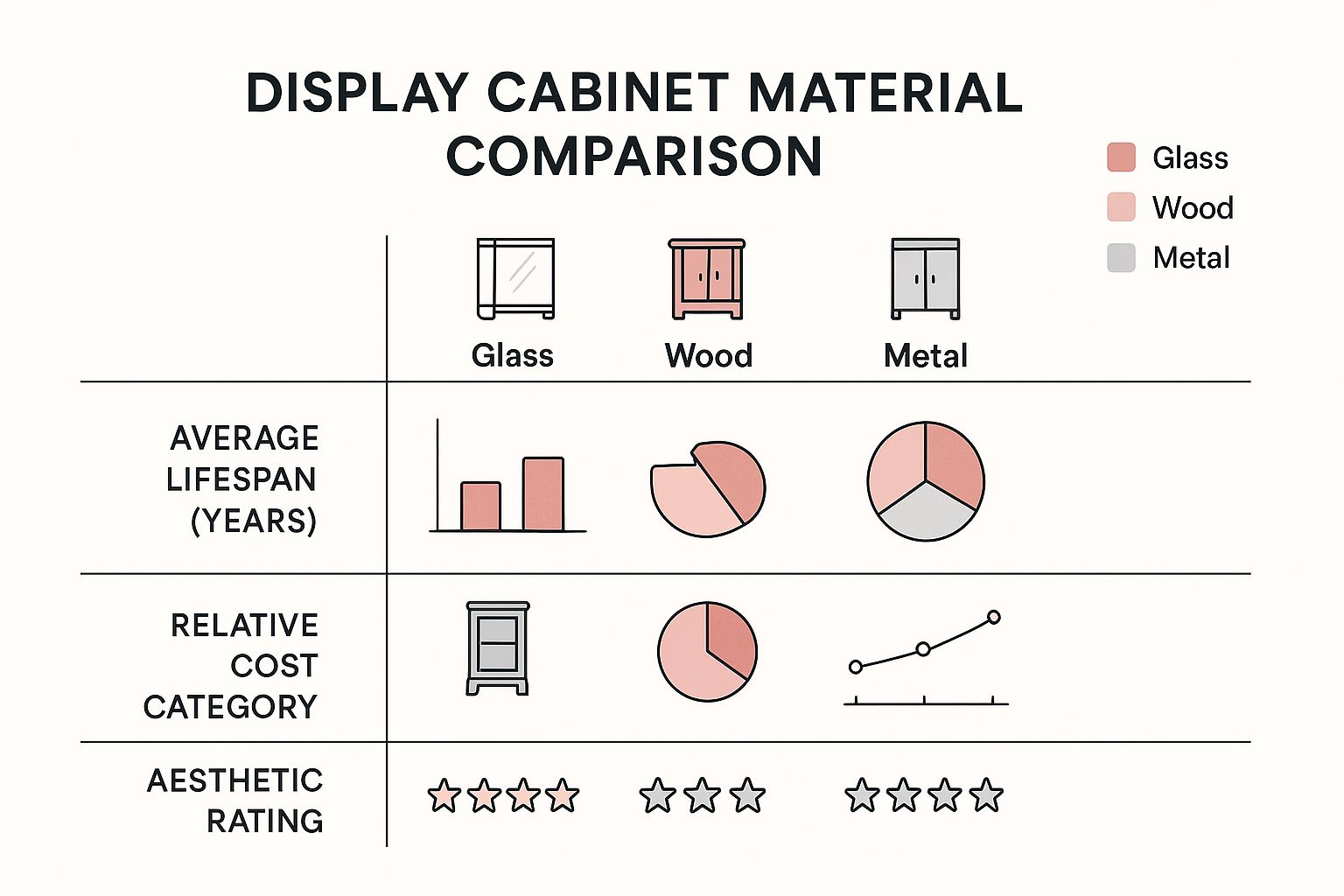
As you can see, there’s a trade-off. Glass offers that premium, high-visibility look, but metal wins on durability. It’s all about balancing aesthetics, longevity, and your budget to get the best result for your shop.
The Details That Truly Drive Sales
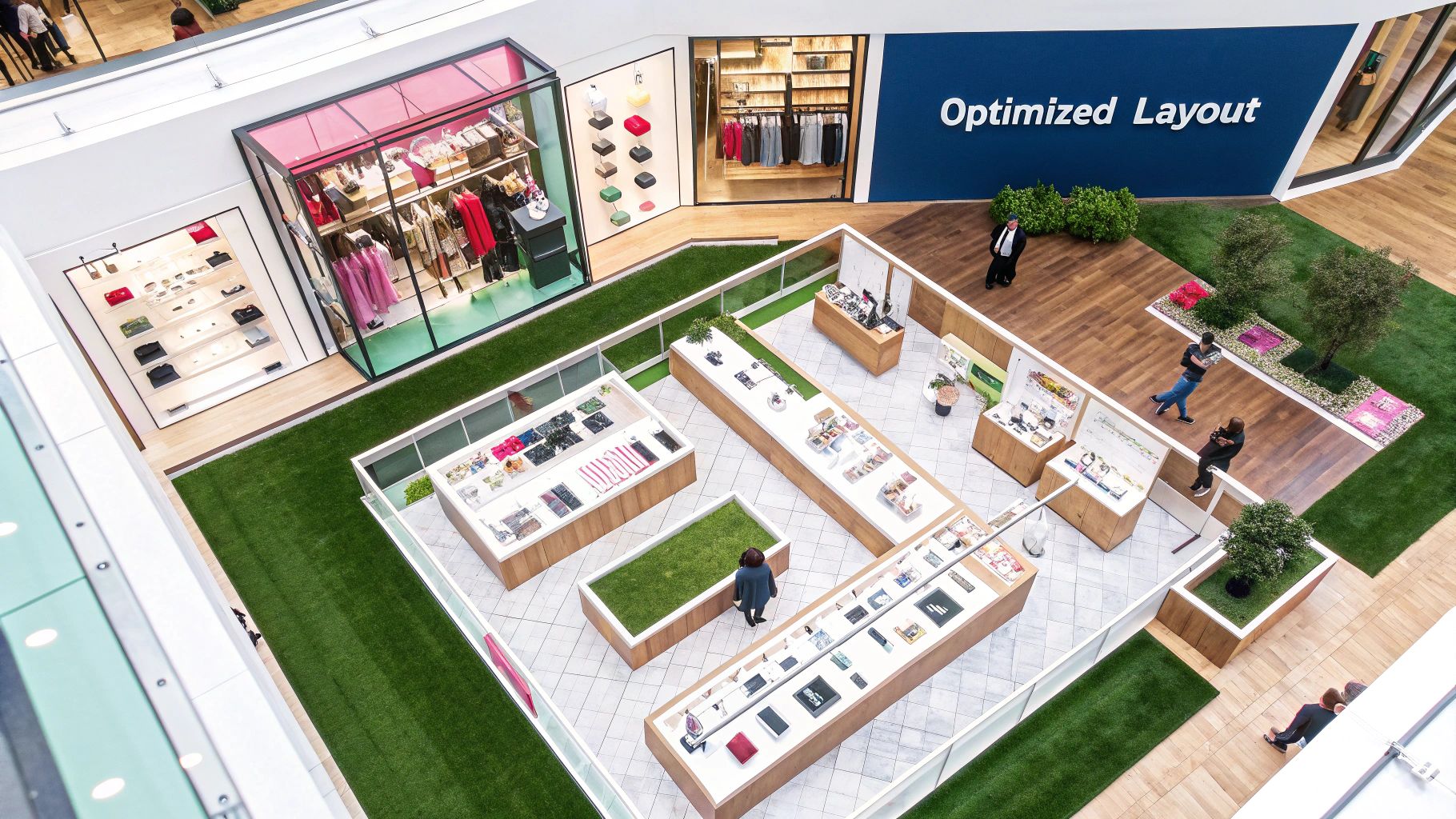
It’s the small things that separate a good display cabinet from a great one—the kind that actively works to sell your products. The right features do more than just look nice; they create a shopping experience that’s more engaging, secure, and adaptable. Nailing these details is how you turn a simple piece of furniture into a powerful sales tool.
Of all the features, lighting is arguably the most important. I've seen countless incredible products fall flat simply because they were poorly lit. It’s no surprise that modern LED lighting is the industry go-to; it's energy-efficient, has a long lifespan, and crucially, doesn't produce the kind of heat that can damage delicate merchandise.
Illumination and Peace of Mind
The kind of lighting you choose needs to be a perfect match for your products. A jeweller, for instance, will want focused LED spotlights to make their diamonds and gemstones pop with breathtaking sparkle. On the other hand, a boutique selling handcrafted leather bags would benefit from softer, warmer lighting to create an inviting atmosphere that really brings out the rich texture of the material.
Expert Tip: Think of lighting as your silent salesperson. It sets the mood, guides the eye, and can dramatically increase the perceived value of your products before a customer even touches them.
While fantastic lighting draws people in, robust security keeps your most valuable items safe. This is absolutely non-negotiable if you’re selling high-end goods. Always look for cabinets made with tempered glass—it’s significantly stronger and safer than standard glass. A quality lock is another essential, acting as both a physical barrier and a clear deterrent. Of course, a secure cabinet is just one part of your overall security; it’s always wise to implement broader strategies to prevent retail theft across your entire shop.
The Right Materials and Everyday Practicality
The materials your cabinet is made from say a lot about your brand. A solid wood frame with a deep, rich finish speaks of tradition and luxury, making it a natural fit for a classic watch shop. In contrast, a sleek metal and glass cabinet gives off a modern, tech-savvy vibe that’s perfect for an electronics store or a contemporary design gallery.
This focus on creating a specific atmosphere is a growing trend. In the UK, we've seen a clear shift towards more immersive shopping experiences, with a 30% rise in retailers investing in custom cabinets that feature smart, energy-efficient lighting and modular designs. It's all about creating displays that are as stylish as they are functional.
Finally, don’t overlook the practical features that will make your life easier. Your shop layout isn't set in stone, so your displays shouldn't be either.
Here are a few things I always recommend looking for:
- Adjustable Shelving: This is a game-changer. It gives you the freedom to rearrange your displays for products of all shapes and sizes, ensuring everything looks balanced and perfectly spaced.
- Lockable Castors: If you're considering a larger cabinet, wheels (or castors) are a must. They make moving the unit for cleaning or a floor-plan refresh incredibly simple.
- Mirrored Backs: It’s a simple trick, but a mirrored back panel can make a display feel deeper and more expansive. It also gives customers a 360-degree view of the product without needing to have it taken out.
These are the kinds of functional, thoughtful details that create truly effective https://www.displayguru.co.uk/blogs/news/retail-display-solutions that will serve your business well for years.
Mastering Visual Merchandising and Display
So, you’ve chosen the perfect display cabinet for shop success. The next step? Turning it from a simple piece of furniture into a powerful selling tool. Great visual merchandising isn't about cramming every shelf full; it's about curating an experience that tells a compelling story and naturally guides your customer's eye.
The first rule I always tell clients is simple: less is more. An overcrowded cabinet is just visual noise. It overwhelms customers, and they’ll quickly switch off. Give each product room to breathe so it can be properly seen and appreciated. This is how you ensure your best items become the undisputed heroes of the display.
Creating Depth and Interest
To really make your display pop, you need to think in layers. I’ve seen retailers transform a flat, boring shelf just by using simple props like acrylic risers or small wooden blocks. This immediately creates height variation and breaks up the monotony, resulting in a much more dynamic and engaging arrangement.
Be intentional about how you group your products. You can tell some incredibly powerful visual stories simply by arranging items by:
- Colour Palette: Grouping by complementary or contrasting colours creates an instantly organised and striking look. Imagine a collection of blue and white ceramics together, or a beautiful gradient of colourful scarves.
- Theme or Collection: Tell a story by displaying items that naturally belong together. A jeweller could put together a 'spring collection' with delicate, floral-inspired pieces. A gift shop might create a shelf dedicated to 'gifts for gardeners'.
- Material: Arranging products by texture—like smooth glass next to rustic wood or polished metal—adds a sophisticated, tactile element that customers find fascinating.
Once you've nailed the basics within your cabinet, you can expand your strategy. There are some fantastic creative retail display ideas out there that can help make your entire product range sparkle.
Lighting and Final Touches
Never underestimate the power of good lighting; it can make or break your entire display. The goal is to highlight your products without causing harsh glare or distracting reflections on the glass. If your cabinet has built-in spotlights, angle them carefully to catch the best features of an item—the facet of a gem, the intricate stitching on a leather wallet, or the glossy finish on a piece of pottery.
Key Insight: Think of your display cabinet as a miniature stage. Your products are the actors, the props create the scene, and the lighting sets the mood. Every single element needs to work in harmony to draw the audience in.
This principle holds true across every retail sector. In the UK food industry, for instance, food display cabinets are absolutely vital for presenting ready-to-eat meals attractively, meeting a huge demand from busy consumers. For them, it’s not just about looks; these cabinets rely on precise lighting and temperature control to maintain freshness and safety, which is a massive consideration for shoppers today.
Finally, don't be afraid to mix things up! I always advise retailers to rotate their displays regularly. It keeps the shop looking fresh and gives your regulars something new and exciting to discover each time they visit. For a much deeper dive into the art of crafting stunning arrangements, have a look at our complete visual merchandising guidelines.
Answering Your Final Questions About Shop Display Cabinets
You've done the research and narrowed down your options, but a few questions might still be swirling around. That’s completely normal. Choosing a new display cabinet for your shop is a big decision, and you want to be sure you've covered all the bases before you commit.
We get asked these questions all the time, so let's walk through the final practical details. Getting these right is what turns a good cabinet into a brilliant long-term investment for your business.
How Much Should I Actually Budget for a Cabinet?
This is always the first question, and understandably so. The honest answer is: it varies wildly. But we can certainly break down the typical price brackets to give you a solid idea of what to expect.
A simple but effective countertop unit, perfect for till-point impulse buys, will usually set you back somewhere between £150 and £400. When you move up to a standard, full-height tower cabinet, you’re looking at a budget of anywhere from £500 to over £2,000. Of course, if you're going for something bespoke or with high-end finishes, the sky's the limit.
So, what pushes the price up? It really comes down to three things:
- The Materials: There's a world of difference between a standard acrylic cabinet and one built with toughened glass and a solid oak frame. The quality of the materials is a major cost driver.
- Integrated Lighting: Built-in LED systems are pretty much essential these days, but they are an additional component that adds to the final cost.
- Security Features: The more robust the locks and the higher the grade of security glass (toughened or laminated), the more the unit will cost.
What’s the Best Way to Light My Display?
Good lighting isn't just about visibility; it's about creating an atmosphere and making your products look irresistible. In my experience, LED technology is the only way to go. It’s incredibly energy-efficient, gives off next to no heat (which is a lifesaver for delicate items like chocolates or cosmetics), and gives you fantastic control.
The single most important lighting choice you'll make is the colour temperature, measured in Kelvins (K). This sets the entire mood of the display.
- Warm White (2700K-3000K): Think of the soft, yellowish glow of a cosy lamp. This light is inviting and works wonders for artisanal foods, rustic homewares, or anything with a vintage feel.
- Cool White (4000K-5000K): This is your bright, crisp, modern light. It’s what makes diamonds sparkle, shows the true pigment of makeup, and gives tech gadgets that sleek, professional look.
A Quick Pro Tip: Always think about the angle. Position your lights to kill any glare on the glass. I find that angled spotlights often work much better than flat overhead strips because you can aim the beam directly onto the product, avoiding those annoying reflections.
How Do I Keep My Glass Display Cabinet Looking Spotless?
Nothing kills a sale faster than a display clouded by fingerprints and dust. A pristine cabinet is non-negotiable, but thankfully, keeping it that way is simple once you have a routine.
First, step away from the harsh chemical cleaners. For a perfect, streak-free shine on the glass, all you really need is a spray bottle with a 50/50 mix of white vinegar and distilled water.
Here’s the foolproof method we use:
- Dust First: Grab a soft microfibre cloth and give every surface—glass, frame, and shelves—a quick wipe to get rid of any loose dust.
- Spray the Cloth, Not the Cabinet: Lightly mist a second, clean microfibre cloth with your vinegar solution. Critically, never spray the glass directly. You don't want liquid seeping into the seals or damaging the frame.
- Wipe and Buff: Wipe the glass in one consistent direction (top to bottom works well). Immediately follow up with a completely dry microfibre cloth to buff the surface. This final buff is the real secret to getting that flawless, streak-free finish.
This simple, gentle cleaning routine will ensure your display cabinet for shop use remains a stunning focal point for years to come.
Ready to find the perfect display solution for your shop? At Display Guru, we offer a wide range of high-quality fixtures designed to make your products stand out. Explore our collection and elevate your retail space today at https://www.displayguru.co.uk.
